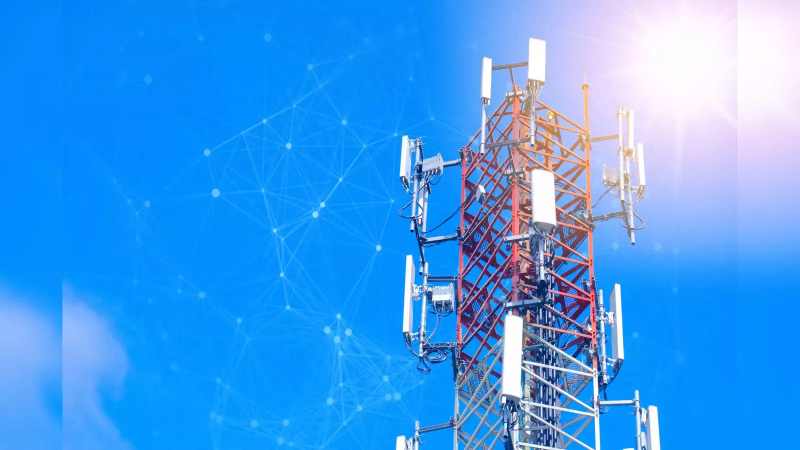
According to industry executives and analysts, India's telecom tariffs are among the lowest in the world when it comes to the percentage of gross national income (GNIpc) per capita. The country's telcos have sufficient headroom to raise prices by at least 1.5x over the next four to five years.
GNIpc is the annual final income in dollars divided by the population of a nation. Therefore, the more affordable the services in that nation, the lower the tariff expressed as a percentage of GNIpc.
Based on macro data compiled by the World Bank and the International Telecom Union (ITU), India has the second lowest telecom tariff at 1.11% of GNIpc among comparable countries with a GNIpc of less than $10,000, behind Brazil's 0.92%. Data indicated that telecom tariffs are significantly higher in the Philippines (2.32%), Bangladesh (1.4%), Egypt (1.6%), Thailand (2.92%), South Africa (3.49% of GNIpc), Indonesia (1.71%), and the Philippines (2.32%).
Given that both Jio and Airtel are expected to soon finish their pan-India rollouts of their 5G services, there is a case for significant tariff hikes by telecom companies like Reliance Jio, Bharti Airtel, and Vodafone Idea (Vi) in calendar 2024, analysts said. However, Vi's 5G rollout cannot begin until its much-delayed fundraise is closed.
They noted that Jio, Airtel, and Vi raised rates by 19–25% in November 2021, which was the last notable increase in sectoral tariffs.
"Indian telecom tariffs are the most affordable in the world as per ITU database, which gives us the comfort that the country's telecom services providers can increase rates by at least 1.5x over the next 4-5 years even as minimum data requirements grow, and still maintain the status of being the most affordable," ICICI Securities stated in a research note analyzing ITU and World Bank information.
ITU data shows that, in absolute terms, Brazil has the highest monthly telecom services tariff at $6.1, while India has the lowest monthly tariff at $2. Other major economies with much higher absolute monthly telecom tariffs include China ($6.2), Philippines ($6.6), Malaysia ($9.2), US ($43.6), Thailand ($15.8), Mexico ($10), and South Africa ($19). According to data, Bangladesh's total telecom services tariff is higher than India's, coming in at $2.9.
Despite popular mobile plan tariffs rising two times since July 2017, analysts at ICICI Securities noted that telecom tariffs have historically been inelastic in India given the surge in overall data subscriber adoption and data consumption.
According to them, the comparatively high rate of digital adoption in India, especially in the areas of payments and entertainment, suggests that telecom services have evolved from being merely means of communication to multifunctional utility services.
In fact, analysts predict that as 5G networks are implemented nationally, India's leading telecom companies will have to raise rates soon in order to keep their RoCE (return on capital employed) levels stable due to an increase in their network operating expenditure (opex) and customer acquisition costs.
According to a report from Kotak Institutional Equities, "Network opex per sub has inched up over the past few years and is now similar for Airtel and Jio at Rs 66/month, and we expect the rising trend to continue on 5G rollout costs."
Despite some dealer commission reductions in FY24, it also anticipates that telcos' customer acquisition-driven SG&A (selling, general, and administrative) cost increases will persist over the coming years.
According to Kotak estimates, all telcos have seen an increase in sales and marketing expenditure as a percentage of revenue, but Vi has seen the biggest increase, rising to 11% in FY23. Jio's has increased to 2%, while Airtel's has increased to 5.4%.